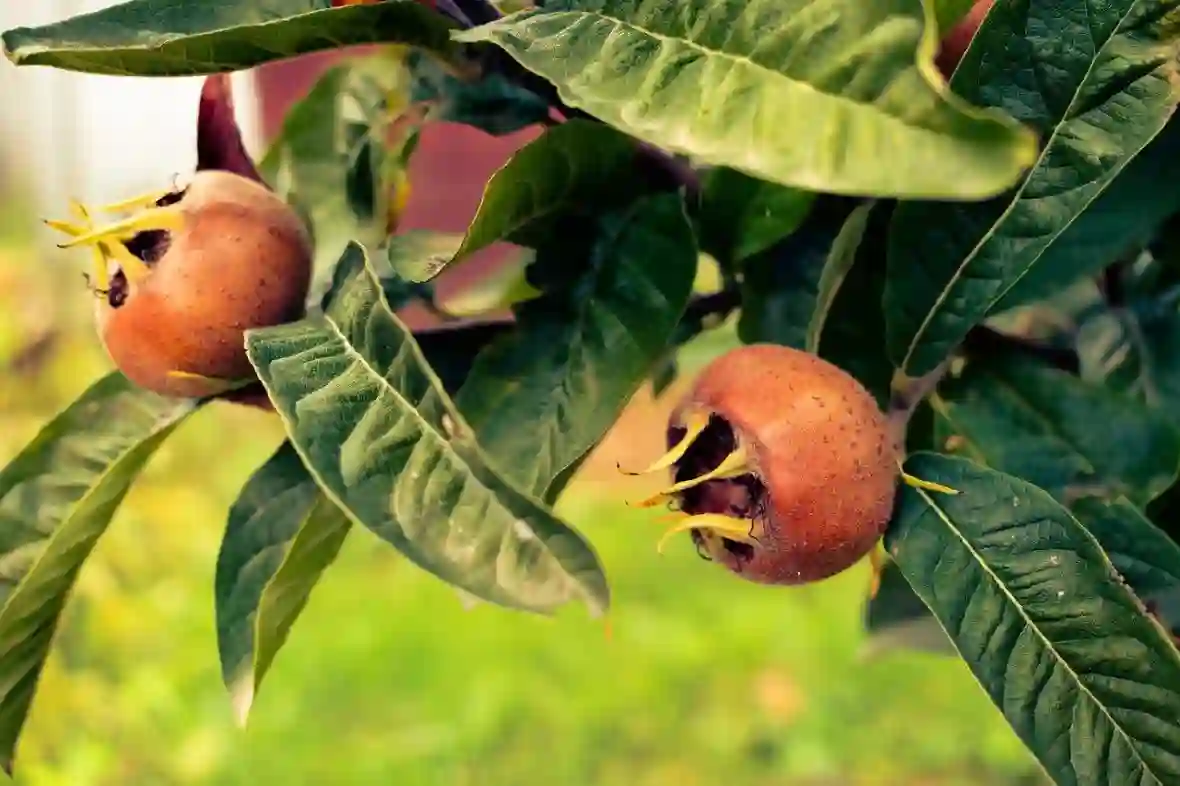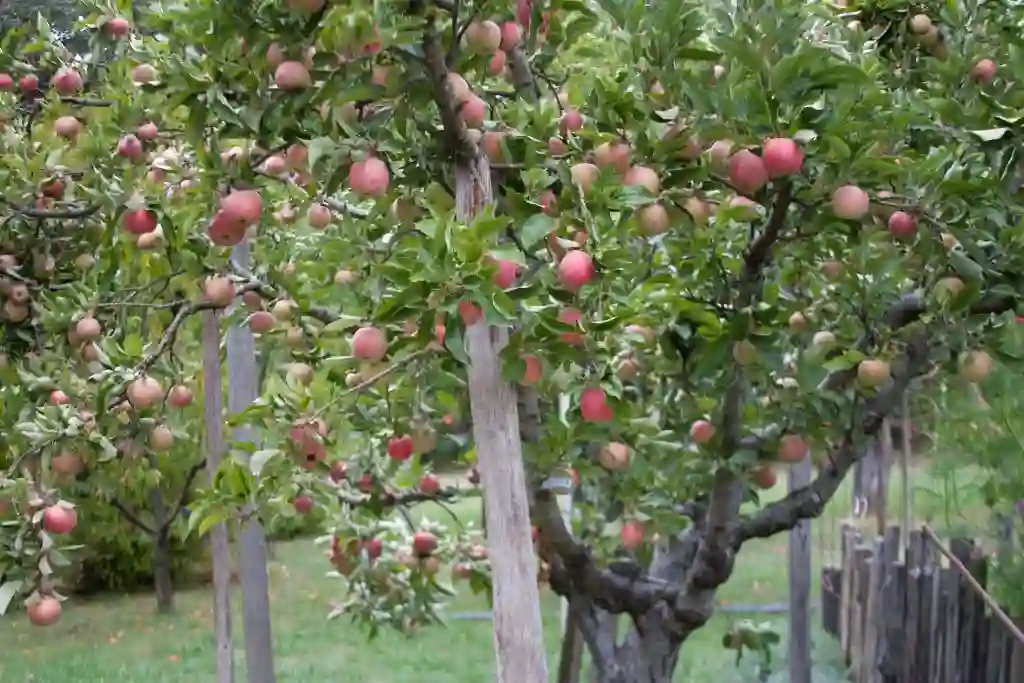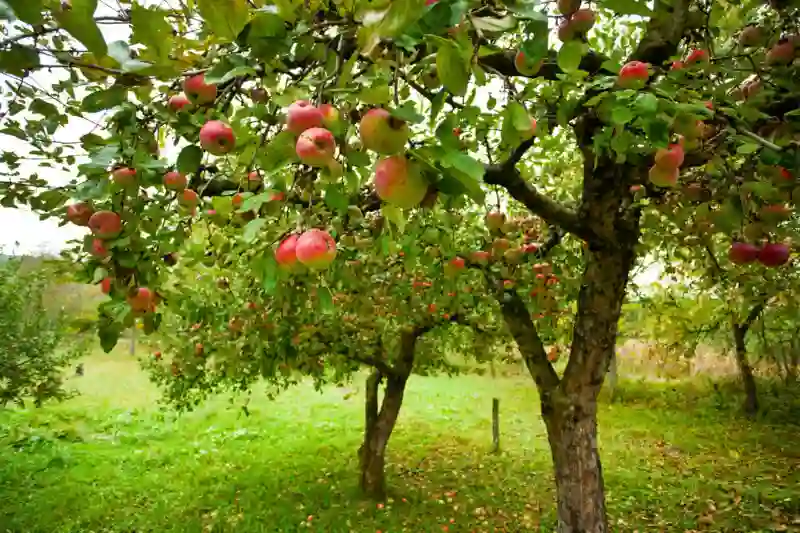Rediscovering Nature’s Sweetness: Old Fashioned Fruit Trees in the UK

There’s a growing nostalgia for the flavors of yesteryear, and it extends beyond our kitchens. Old fashioned fruit trees are experiencing a renaissance, offering a delightful blend of history, taste, and sustainability.
A Taste of the Past
Our grandparents’ gardens were often a cornucopia of fruit trees, producing an abundance of flavorful and aromatic harvests. These heritage varieties, cultivated over centuries, offer a distinct taste profile that’s often lost in modern, mass-produced fruits.
- Apples: Beyond the ubiquitous Granny Smith, a world of heritage apples awaits. Consider the sharp Worcester Pearmain, the sweet Blenheim Orange, or the russet-skinned Egremont Russet.
- Pears: Discover the unique flavors of heritage pears like the buttery Doyenné du Comice or the sweet and juicy Conference.
- Plums: From the tangy Damson to the sweet Greengage, there’s a plum variety to suit every palate.
- Cherries: Savor the rich, sweet flavor of traditional cherry varieties like the Morello or the heart-shaped Bigarreau.
More Than Just Flavor
Growing old-fashioned fruit trees offers benefits beyond delicious harvests. These heritage varieties contribute to biodiversity, providing food sources for wildlife. Additionally, homegrown fruit reduces your carbon footprint by eliminating transportation emissions.

Challenges and Rewards
Cultivating old-fashioned fruit trees requires patience and knowledge. Many heritage varieties are less resistant to pests and diseases compared to modern cultivars. However, the rewards are substantial. The unique flavors and the satisfaction of harvesting your own fruit make the extra effort worthwhile.
Preserving Our Orchard Heritage
To ensure the survival of these precious fruit tree varieties, it’s essential to support nurseries and organizations dedicated to their preservation. By planting heritage fruit trees in our gardens, we contribute to safeguarding our horticultural heritage for future generations.

Conclusion
Rediscovering the joy of growing old-fashioned fruit trees is a rewarding journey. These heritage varieties offer a delightful taste of the past while contributing to a more sustainable future. By incorporating these trees into our gardens, we can connect with nature, savor exceptional flavors, and play a role in preserving our horticultural heritage.
FAQs
- Where can I find old-fashioned fruit tree varieties?
- A: Many nurseries and online retailers specialize in heritage fruit trees. Look for reputable suppliers that offer a wide selection of varieties.
- How do I care for old-fashioned fruit trees?
- A: Proper care includes selecting the right location, regular pruning, pest and disease management, and adequate watering.
- How long does it take for an old-fashioned fruit tree to bear fruit?
- A: Most fruit trees take several years to start producing fruit, but the wait is worth it.
- Are old-fashioned fruit trees more susceptible to pests and diseases?
- A: Some heritage varieties can be more susceptible to certain pests and diseases compared to modern cultivars.
- Can I grow old-fashioned fruit trees in pots?
- A: While it’s possible to grow some dwarf varieties in pots, most fruit trees prefer to be planted in the ground for optimal growth.
By embracing the cultivation of old-fashioned fruit trees, you’re not only enhancing your garden but also contributing to the preservation of our horticultural heritage.










